To teach sixth-graders about biotic and abiotic factors in the microclimate of an ecosystem, Dietrich Nebert, a science teacher at Riverdale Grade School in Portland, Oregon, leads them to the school’s outdoor classroom and garden space. The students then collect soil, leaves, flower petals, sand, and other small samples pinched between strips of clear tape.
Once back in the classroom, students examine their samples under a microscope and write observations. Their assignment: to determine how their materials are associated with the living and non-living parts of the school’s backyard microclimate.
“I could have just brought in a pile of leaves or soil instead but setting up the experiment would have been much more canned,” says Nebert, who brings students outside for an hour every Wednesday. “The students wouldn’t have a sense of what it feels like to be in that ecosystem, and it’s so important to tie that in. It empowers them, gives them a chance to be a real scientist.”
Research Shows
School garden programs like this one at Riverdale Grade School are on the rise. More than one-quarter of public elementary schools nationally had garden programs linked to their curriculum in 2013 — a 133 percent increase since 2007, according to Bridging the Gap, a research program of the Robert Wood Johnson Foundation. Most are in the West and at urban elementary schools.
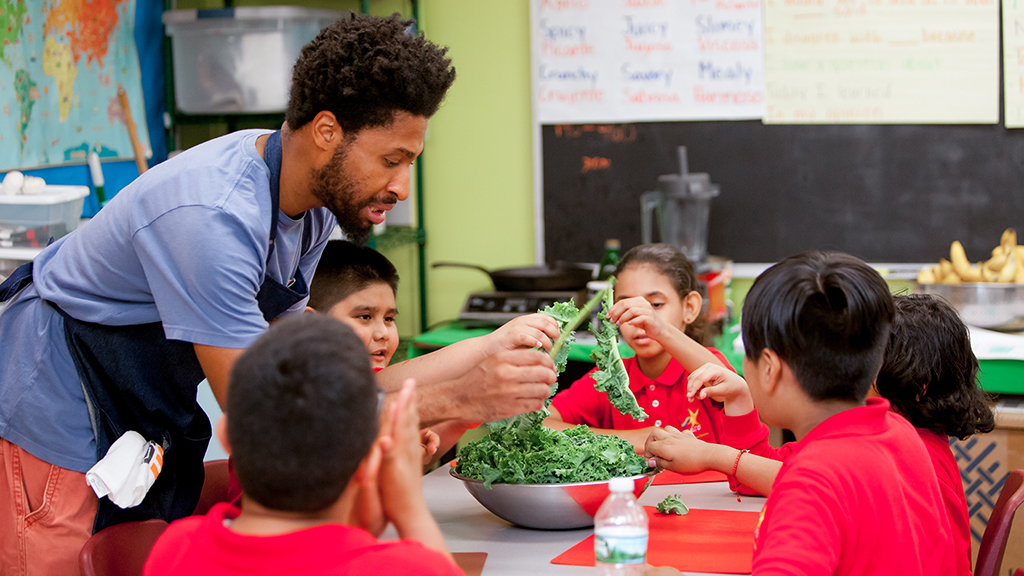
School gardens offer a hands-on, engaging way to learn. They benefit t students who might have trouble understanding abstract measurements in math class, for example, but can easily visualize what half a cup of kale — kale they helped grow—looks like.
Numerous studies have documented that school gardens have a positive effect on a host of measures, including interpersonal relationships, dietary behaviors, pedagogy, experiential education, and academic performance.
One study from 2005 found that students score significantly higher on science achievement tests when school garden programs are incorporated into their science curriculum. And benefits extend beyond the classroom. School gardens also help foster environmental stewardship and civic pride, and research has shown that children with garden experience tend to eat more fruits and vegetables when they’re older.
While interest in using school gardens to teach science, technology, engineering, math, and other academic subjects — as well as nutrition — is escalating, they’re not a new concept. The first one in this country was established in 1891 at the George Putnam School in Roxbury, Massachusetts. The movement peaked just after World War I before the urgency for surplus food production began to wane, according to the U.S. Department of Agriculture.
Educators today say the interactive nature of garden-related lessons help students become more engaged and motivated to learn. Nearly a dozen national and international organizations off¬er grants, curriculum, conferences, and other resources to help schools use gardens as teaching tools.
Edible Schoolyard NYC receives requests almost every week from schools wanting a partnership. The organization works directly with seven schools and supports dozens more indirectly and through professional development — but relies on fundraising and can only do so much.
“There’s way more interest than we can accommodate,” says Liza Engelberg, the organization’s director of education. “There’s a huge demand for this type of education.”
Aquaponics, Hydroponics
Wekiva High School in Orlando, Florida, uses aquaponics, a gardening system that grows fish and plants together, as a hands-on teaching tool for STEM subjects. Geometry classes cover volume, surface area, ratios. In chemistry, students test water quality as well as nitrite, nitrate, and pH levels. Physics and engineering classes learn about deflection, gas saturation, and Bernoulli’s principle.
“This is one way to show students that what they learn in school can solve some real-world problems,” says math teacher Anh Nguyen.
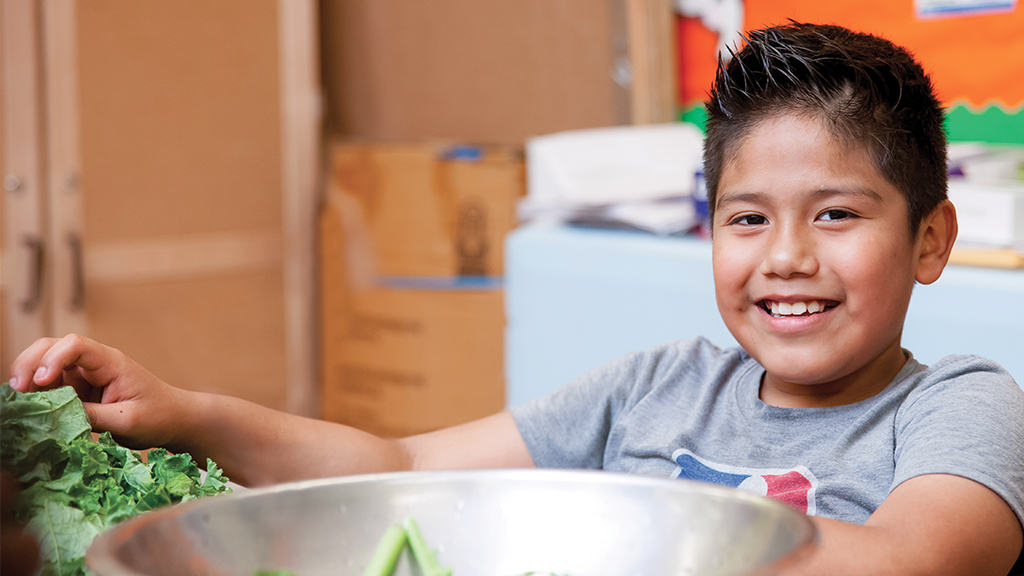
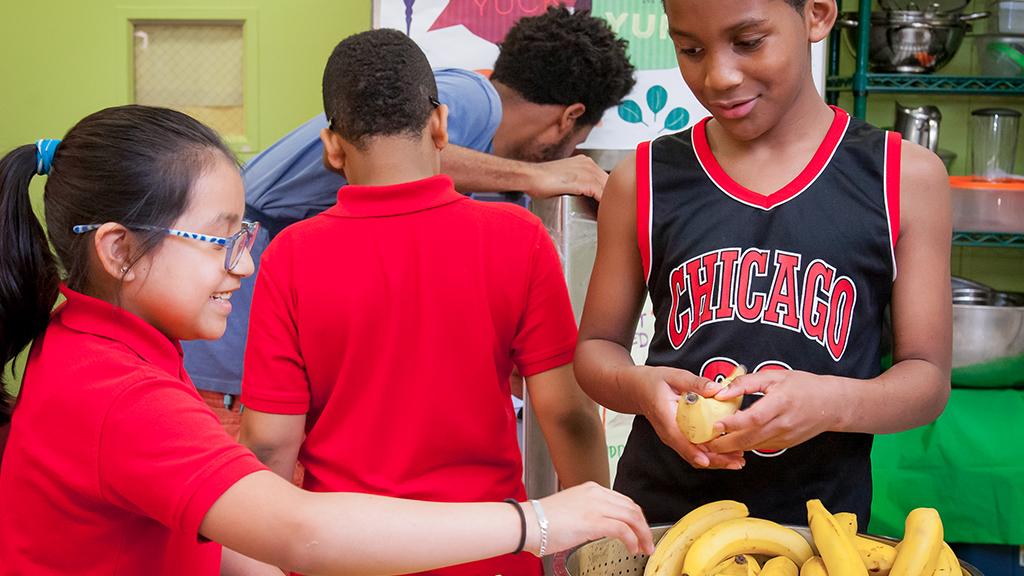
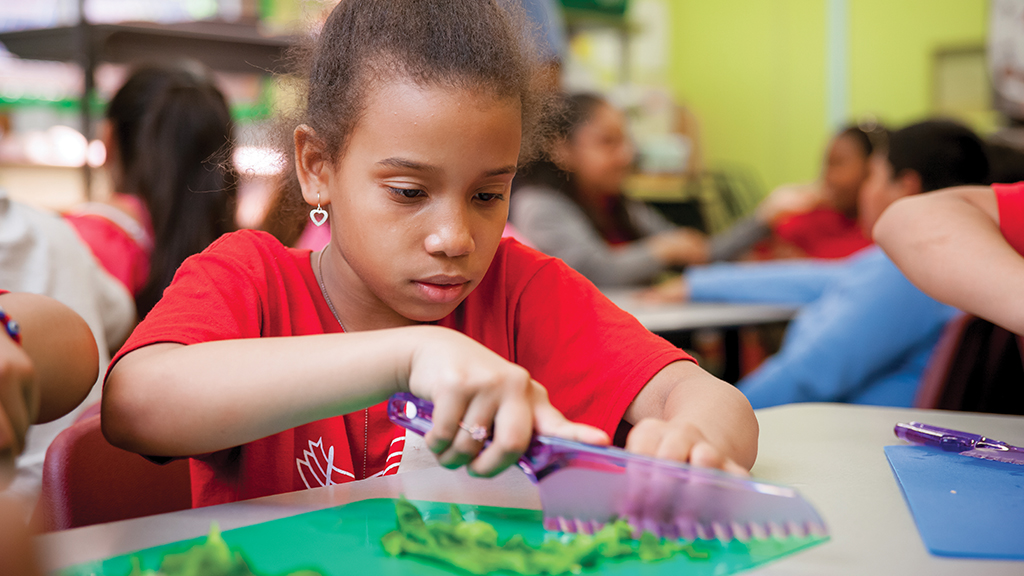
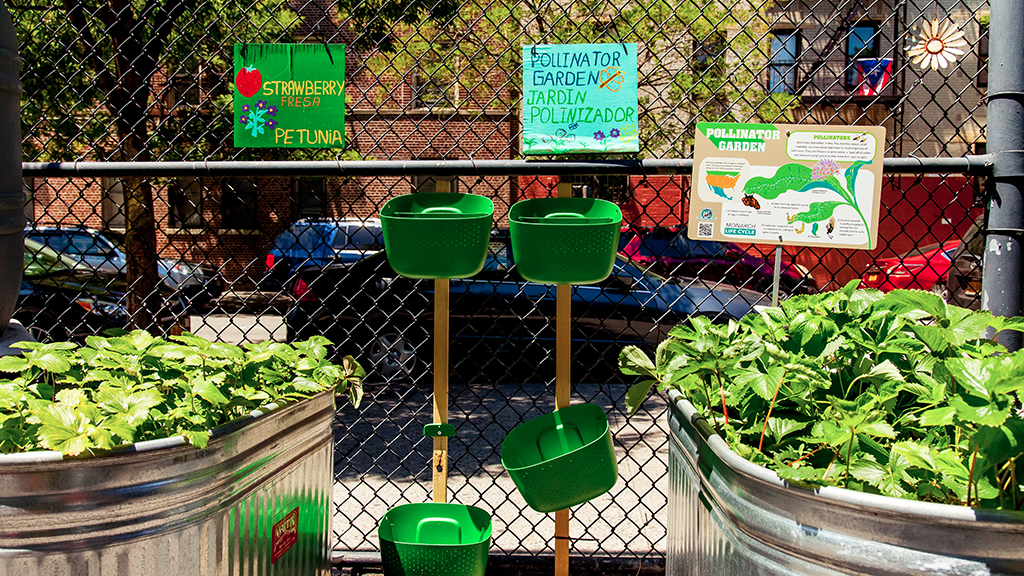
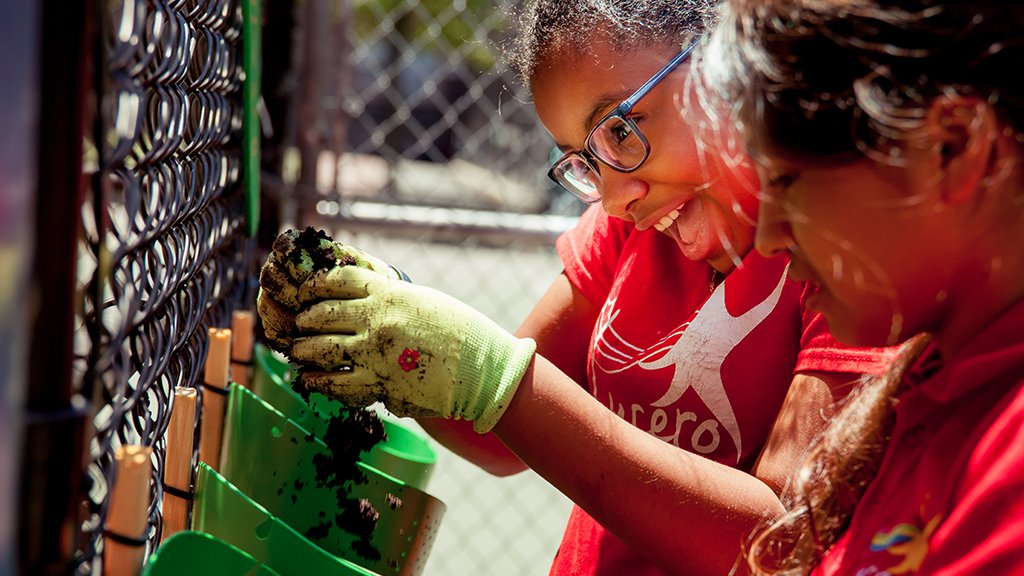
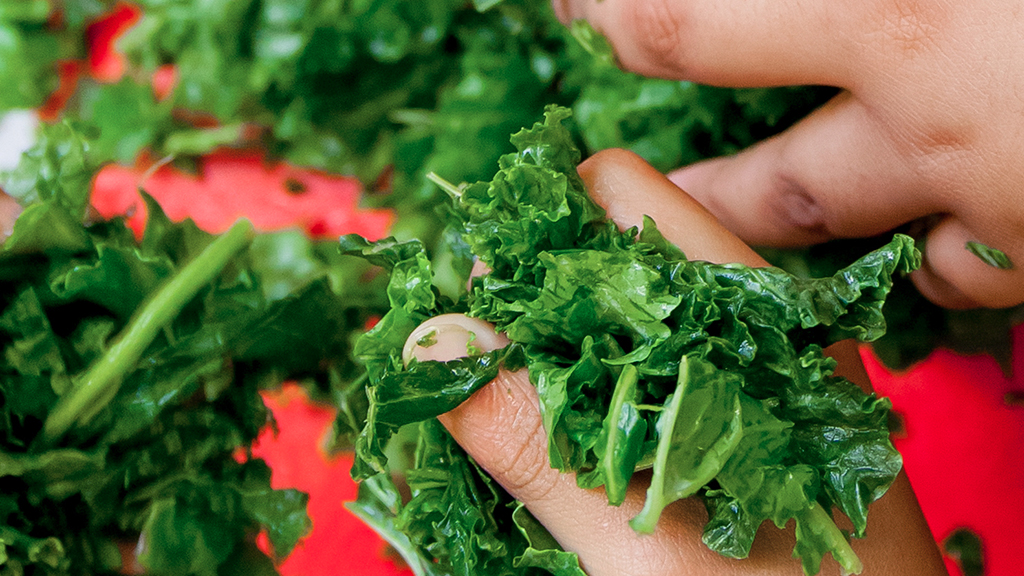
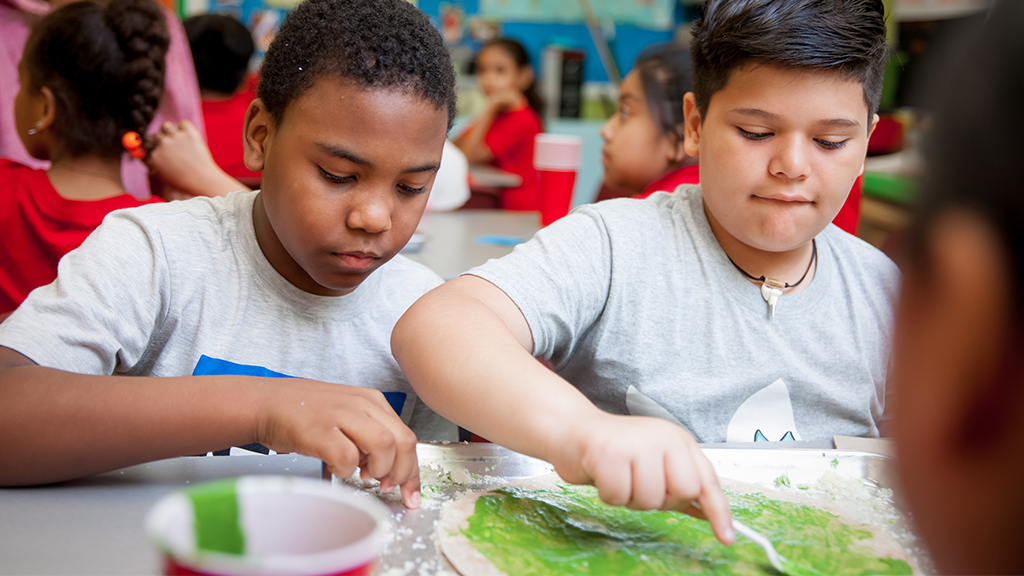
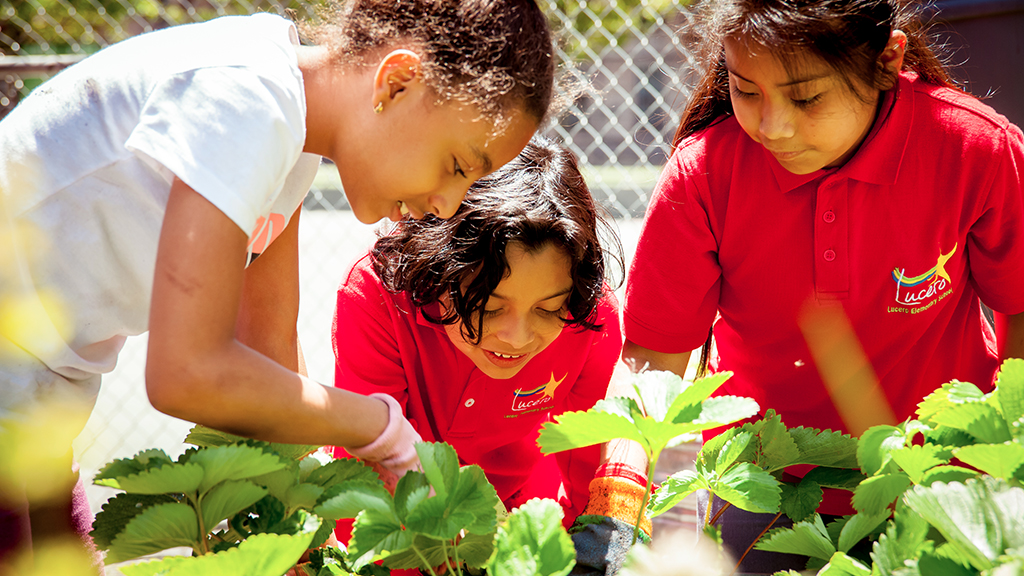

Share this content